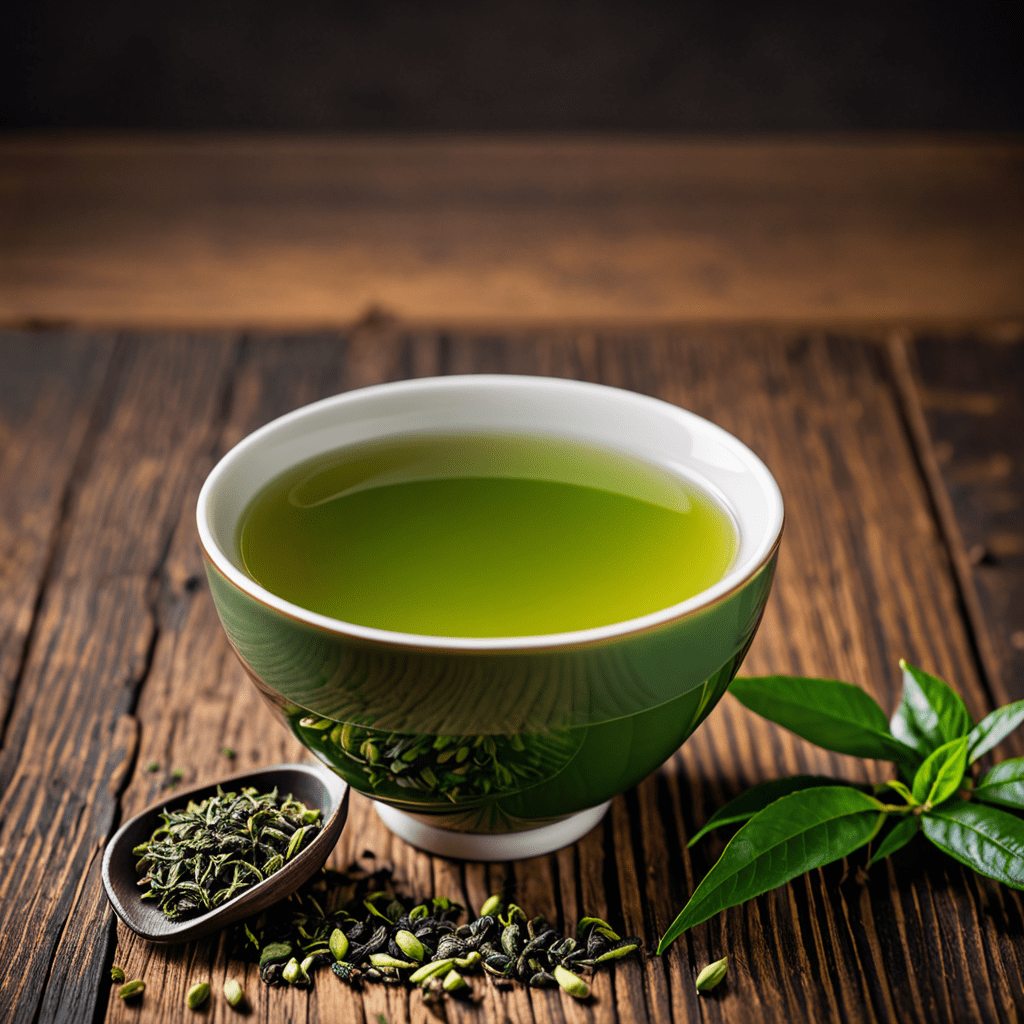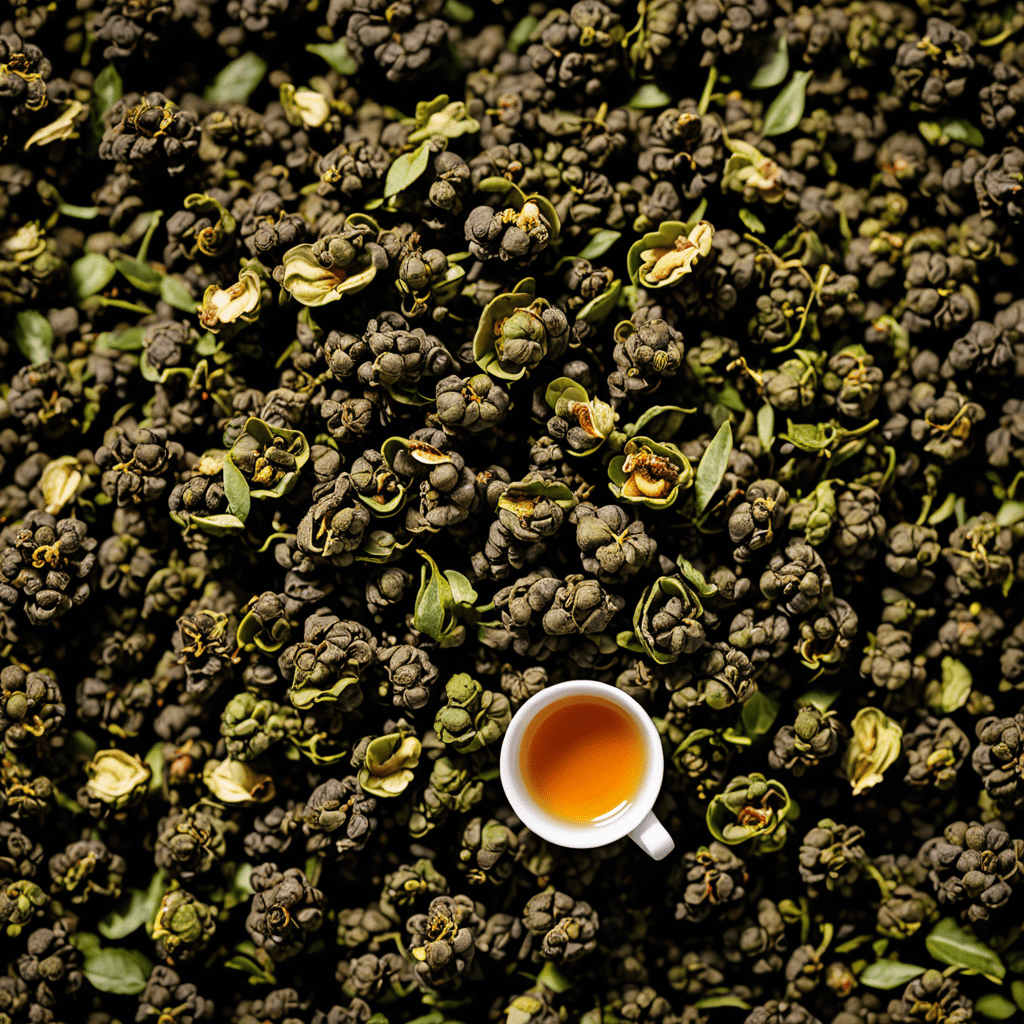Introduction to Assam Green Tea: A Timeless Treasure
Assam green tea, a celebrated elixir from the verdant valleys of India, has captivated tea enthusiasts worldwide with its distinctive taste and invigorating aroma. Uncover the refreshing enigma of Assam green tea, as we embark on a journey exploring its historical origins, unique characteristics, and the myriad benefits it offers.
Historical Origins and Cultivation
Assam green tea traces its lineage to the Brahmaputra Valley in Assam, India. Legend has it that in the early 19th century, Scottish tea planters discovered wild tea trees growing indigenous to the region. These fortuitous findings laid the foundation for a thriving tea industry that would transform Assam into one of the world's leading tea-producing regions.
Today, Assam green tea is cultivated in vast tea gardens, where skilled tea pluckers meticulously harvest the tender tea leaves. The leaves are then processed using traditional techniques that involve withering, rolling, and oxidation, resulting in a high-quality green tea with a distinctive character.
Unique Characteristics and Flavor Profile
Assam green tea stands apart with its robust flavor, full body, and deep amber hue. The leaves of Assam green tea are larger than those of other green tea varieties, contributing to its bold and malty notes. The tea's liquor is rich and smooth, with hints of floral and fruity undertones that complement its earthy character.
Health Benefits of Assam Green Tea
Beyond its delectable taste, Assam green tea is revered for its wealth of health-promoting compounds. It contains high levels of antioxidants, including catechins, which have been linked to a reduced risk of cardiovascular disease and certain types of cancer. Assam green tea is also a rich source of polyphenols, which have anti-inflammatory and antimicrobial properties.
Furthermore, the caffeine content of Assam green tea provides a gentle boost of energy without the jitters often associated with coffee. This makes it an ideal choice for those seeking a refreshing and invigorating beverage that supports their overall well-being.
6. Culinary Applications and Pairing
Assam green tea's versatile flavor profile lends itself to a wide range of culinary applications. Its bold character complements spicy dishes, such as curries and stir-fries, while its vegetal notes pair well with fresh salads and grilled vegetables. Assam green tea can also be used to make refreshing iced tea, flavorful tea-infused cocktails, and delectable tea-based desserts.
7. Environmental Sustainability in Production
Assam green tea farmers are increasingly adopting sustainable practices to minimize their environmental impact. Organic farming methods, which exclude the use of chemical pesticides and fertilizers, are gaining popularity. Agroforestry systems, where tea is grown alongside other crops and trees, promote biodiversity and soil health. Responsible water management techniques ensure the conservation of water resources.
8. Economic Importance and Trade
Assam green tea is a significant contributor to the Indian economy, providing livelihoods for millions of people involved in its cultivation, processing, and trade. It is exported to over 80 countries worldwide, generating substantial foreign exchange earnings. Assam green tea is a valuable cash crop for small-scale farmers, empowering local communities and contributing to rural development.
9. Cultural Significance and Tradition
In Assam, tea holds a deep cultural significance. The traditional Assamese tea ceremony, known as "Xaaj," is an integral part of social gatherings and festivals. Tea is offered to guests as a symbol of hospitality and respect. Assam green tea is also used in traditional Assamese cuisine, adding its distinctive flavor to dishes such as "Pitha" (rice cakes) and "Laru" (sweet dumplings).
10. Conclusion: A Refreshing Enigma
Assam green tea, with its rich history, unique characteristics, and myriad benefits, is a testament to the enduring legacy of Indian tea. Its bold flavor, refreshing aroma, and health-promoting properties have captivated tea enthusiasts worldwide. Whether enjoyed as a standalone beverage, incorporated into culinary creations, or celebrated as part of cultural traditions, Assam green tea offers a refreshing enigma that continues to enchant.
FAQs
What are the health benefits of Assam green tea?
Assam green tea is a rich source of antioxidants, polyphenols, and caffeine, which have been linked to a reduced risk of cardiovascular disease, certain types of cancer, and improved cognitive function.
How should I brew Assam green tea for optimal taste?
Use fresh, cold water and heat it to a temperature between 175°F and 185°F (80°C and 85°C). Steep the tea leaves for 2-3 minutes, depending on desired strength.
Can I drink Assam green tea daily?
Yes, Assam green tea can be consumed daily as part of a healthy diet. However, excessive consumption may lead to caffeine sensitivity in some individuals.
What is the difference between Assam green tea and other green teas?
Assam green tea is known for its robust flavor, full body, and deep amber hue compared to other green tea varieties. Its leaves are larger and contain higher levels of caffeine and antioxidants.


